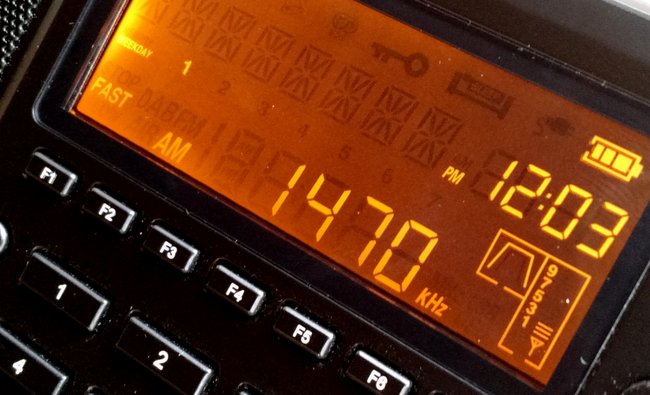Many thanks to SWLing Post contributor, Mark Fahey, who shares the following piece from Politico:
The Lo-Fi Voices That Speak for America
For decades, AM radio has felt as commonplace as a utility, such a basic fact of life that it’s taken for granted. But that’s changing: Across America, AM radio stations are dwindling in number and profitability, as better-sounding FM signals become cheaper to broadcast and would-be listeners turn to the internet for entertainment.
Yet even in decline, it has a strength that politicians and media insiders who want to understand America would do well to heed. In 2019, thousands of AM stations remain on the air, many of them thriving—in part because they serve unique sets of people whose voices aren’t always heard loudly. For generations, it was considerably cheaper to buy or start an AM station than any other form of mass media, making ownership more accessible to people of color, immigrants, non-English speakers and those with political views outside the mainstream. Without the line-of-sight restrictions of FM radio, AM radio can also cover vast geographic areas, and so remains a staple of rural media. Even now, if you tune into the right frequency on a clear summer night, you can hear a broadcast from half a continent away—listening in on the kinds of conversations that shape identity and politics far outside the Beltway.[…]
Click here to read the full article and view photos at Politico.







